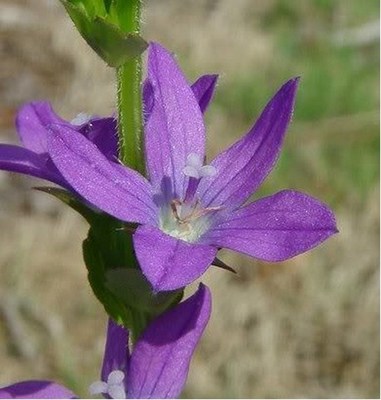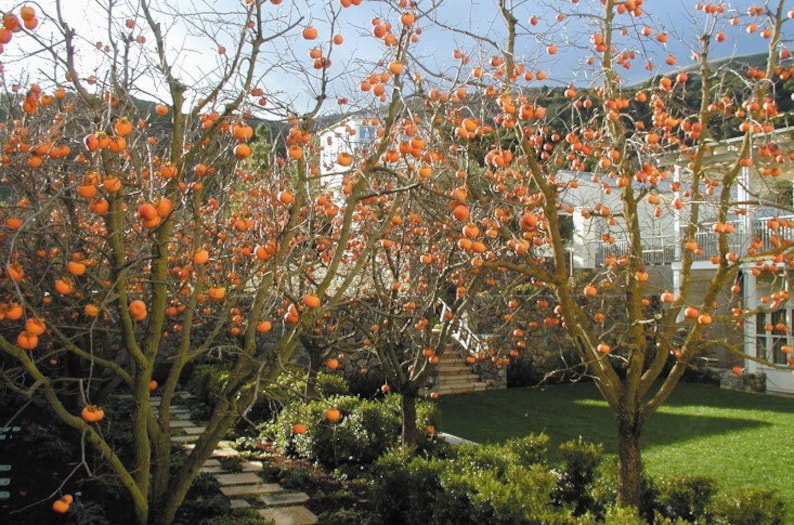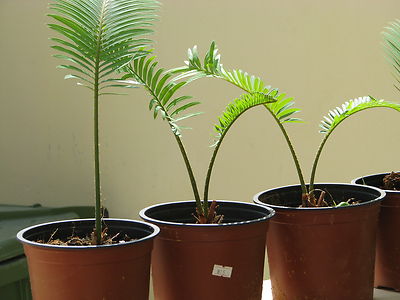The limequat is a citrus tree and the result of a cross between the lime and the kumquat. It is a member of citrofortunella.
It is a small tree that grows into a contained bushy form. The leaves are characteristicly citrus like. The limequat produces an abundance of fruit even at a young age. The fruit is small, oval, greenish yellow and contains seeds or pips. It has a sweet tasting skin and a bitter sweet pulp that tastes similar to limes. The fruit can be eaten whole or the juice and rind can be used to flavour drinks and dishes. It has considerable amounts of vitamin C and is strongly acidic.
Originating in China, this plant is now grown in Japan, Israel, Spain, Malaysia, the United Kingdom and the United States in California and Florida. The fruit can be found, in small quantities, during the fall and winter months in the United States.
hide Standard Cyclopedia of Horticulture Limequat (from lime and kum quat). Hybrids between the common lime (Citrus aurantifolia) and the oval or round kumquats (Fortunella margarita, F. japonica). This new and promising citrous fruit was originated by the writer in 1909 by crossing the common West Indian lime with the kumquat. While the lime is the tenderest of all commonly grown citrous fruits and is frequently frozen to the ground even in southern Florida, the kumquat, because of its remarkable winter dormancy, is one of the hardiest of the evergreen citrous fruit trees. The limequat possesses in large measure the cold-resistance of the kumquat and can be grown in regions too cold for the lime. The limequat also shows resistance to citrus canker, a destructive bacterial disease, caused by Pseudomonas citri. Limequats vary in size, some being no larger than a large kumquat, while others are the size of a lime. The skin is thin and has an agreeable aroma and flavor; the pulp is juicy and pleasantly acid. This hybrid, which was fruited for the first time in 1912, is a vigorous grower and a heavy bearer.
The above text is from the Standard Cyclopedia of Horticulture. It may be out of date, but still contains valuable and interesting information which can be incorporated into the remainder of the article. Click on "Collapse" in the header to hide this text.
Cultivation Limequats can be grown indoors or outdoors providing the temperature stays between 10 C to 30 C. They are fairly small and can be planted in containers or pots. Plant limequats in a well drained fertile soil. Incorporate a good compost with some gravel or sand. Plant anytime of the year, watering in well. Water when dry and add a fertiliser occasionally. It can be pruned to keep a shape.
Varieties There are three varieties of Limequat, resulting from different crosses between Citrus aurantifolia and Fortunella. They were produced in Florida, USA, and named Lakeland, Eustis and Tavares after towns in that state, with Eustis being the most common. Some recent research suggests that genetic investigation pointed to Tavares being a lemon x kumquat hybrid. Its shape and colour seems to confirm that suggestion. The Tavares is a rather larger fruit than the average length of about 4cms, but shows the typically more elongated shape than the Eustis variety. The Tavares fruit is a strong yellow colour when ripe, whereas Eustis often ripens patchily with pale yellow and green areas. 1
- Lakeland -
- Eustis - It has a strong lime flavor. Fruit gets it's shape from Kumquat and it's flavor from 'Mexican Lime'. Ever bearing and highly productive. Somewhat more cold hardy than lime parent. Small foliage. Needs occasional pruning to keep full.
- Tavares -
Seller assumes all responsibility for this listing.  Login
Login
 Login
Login


















